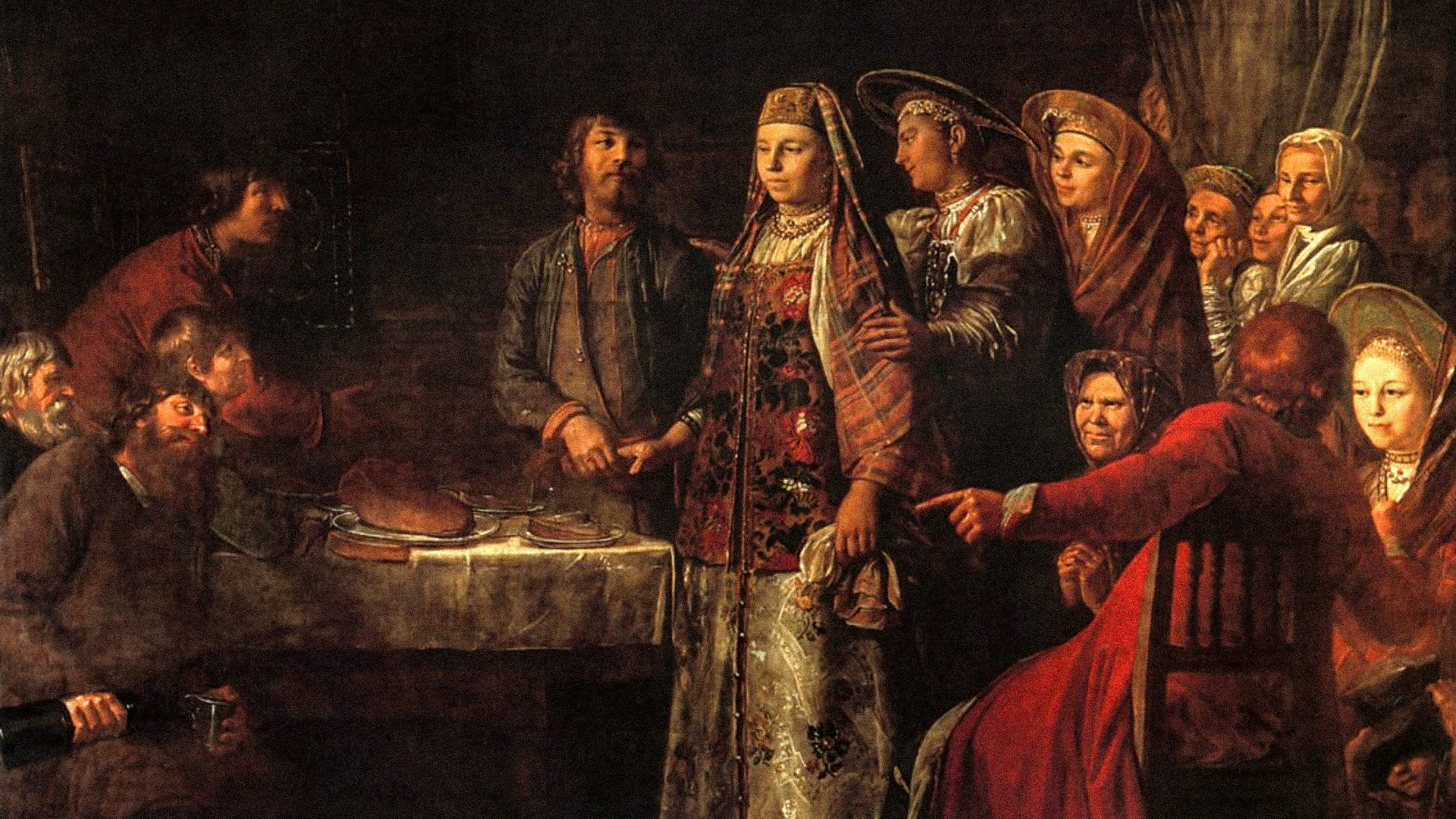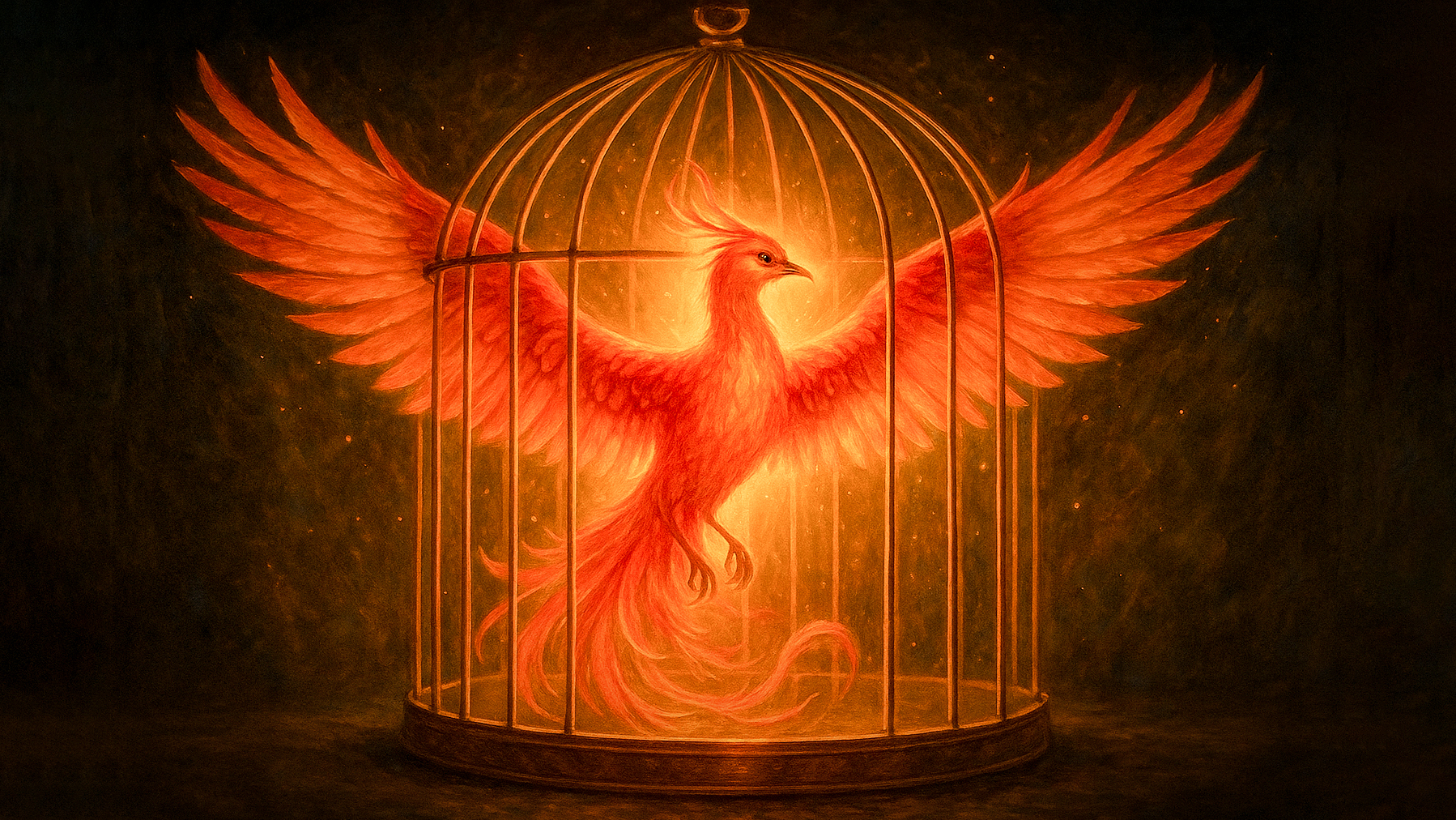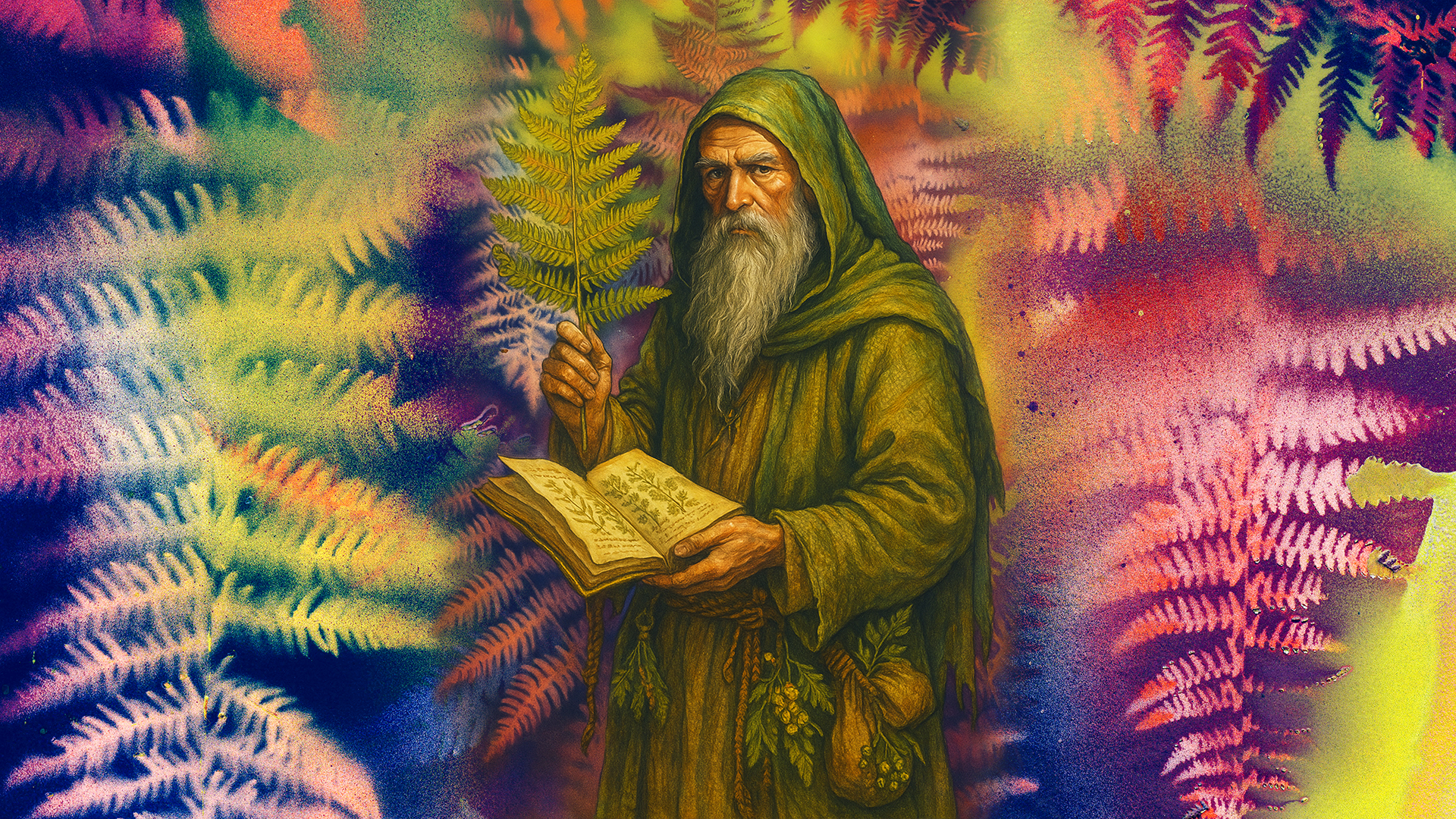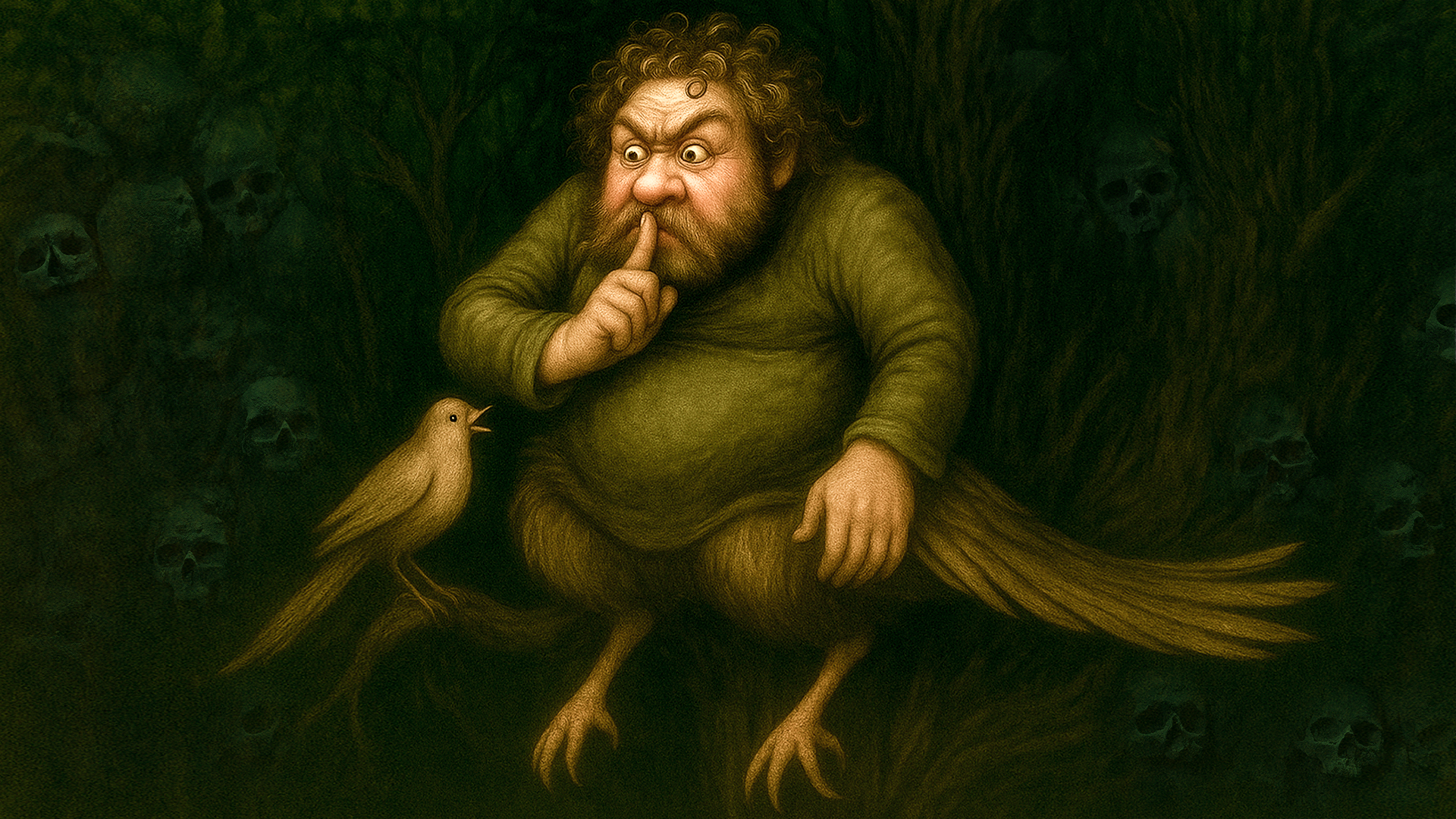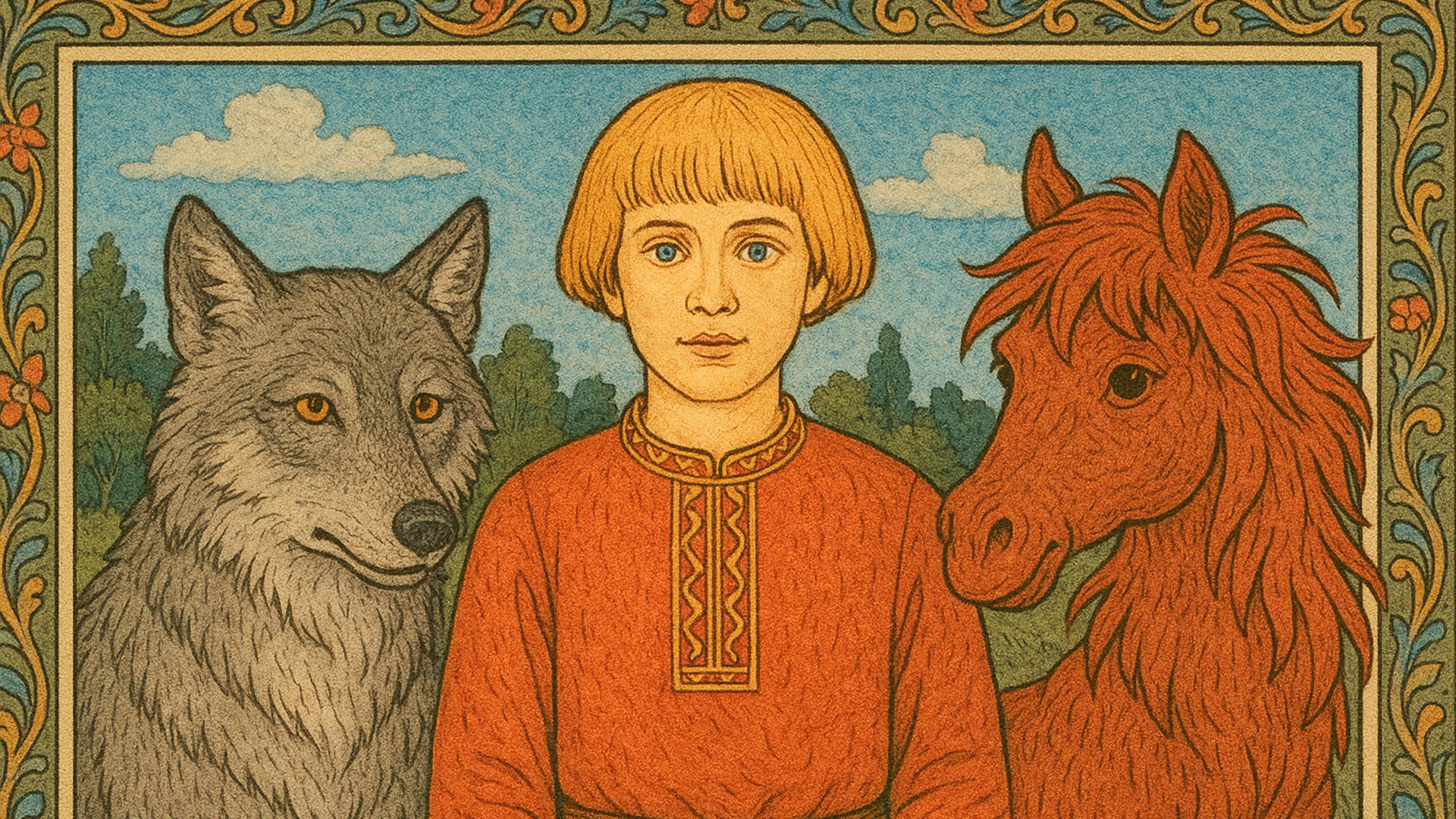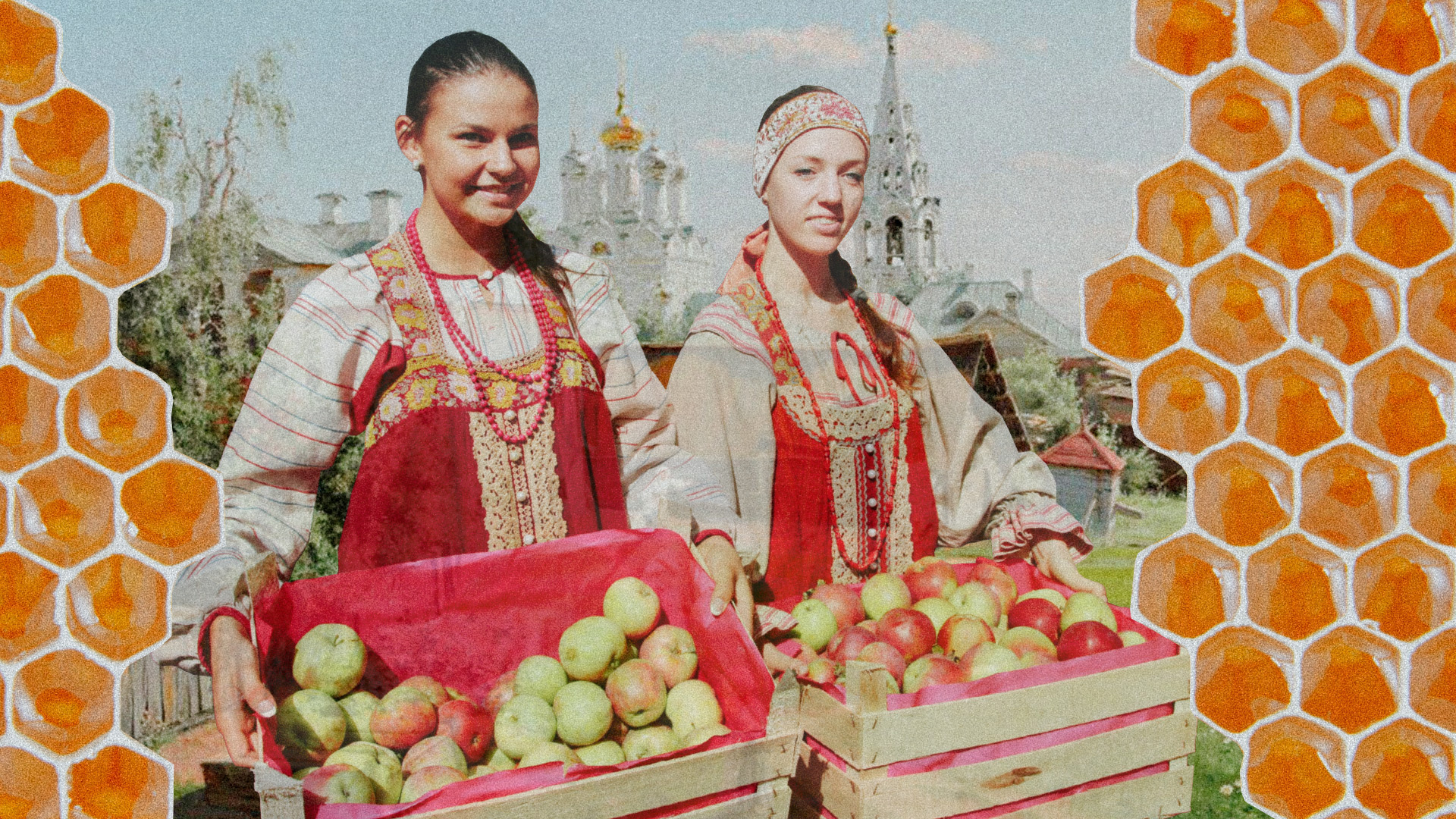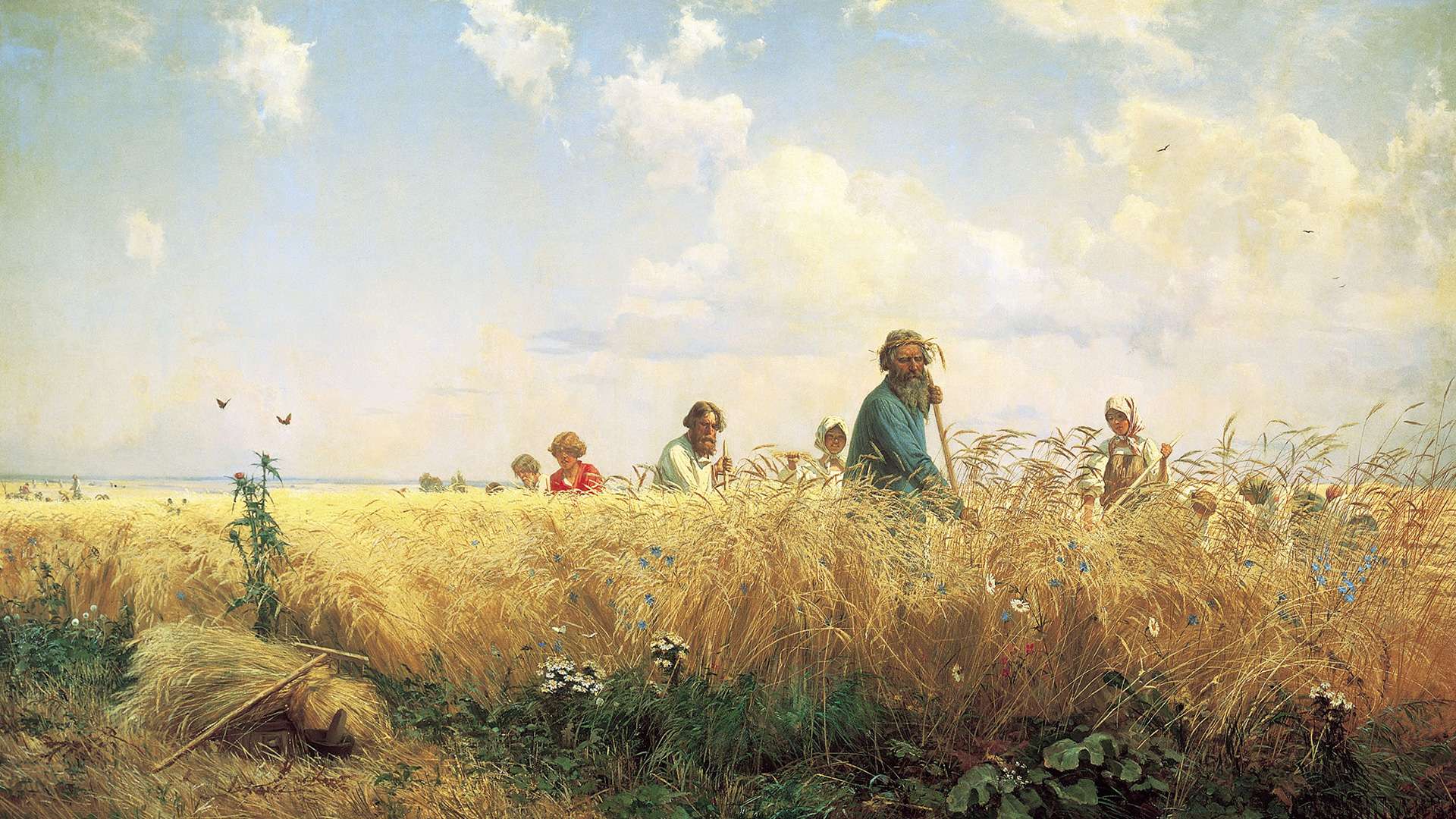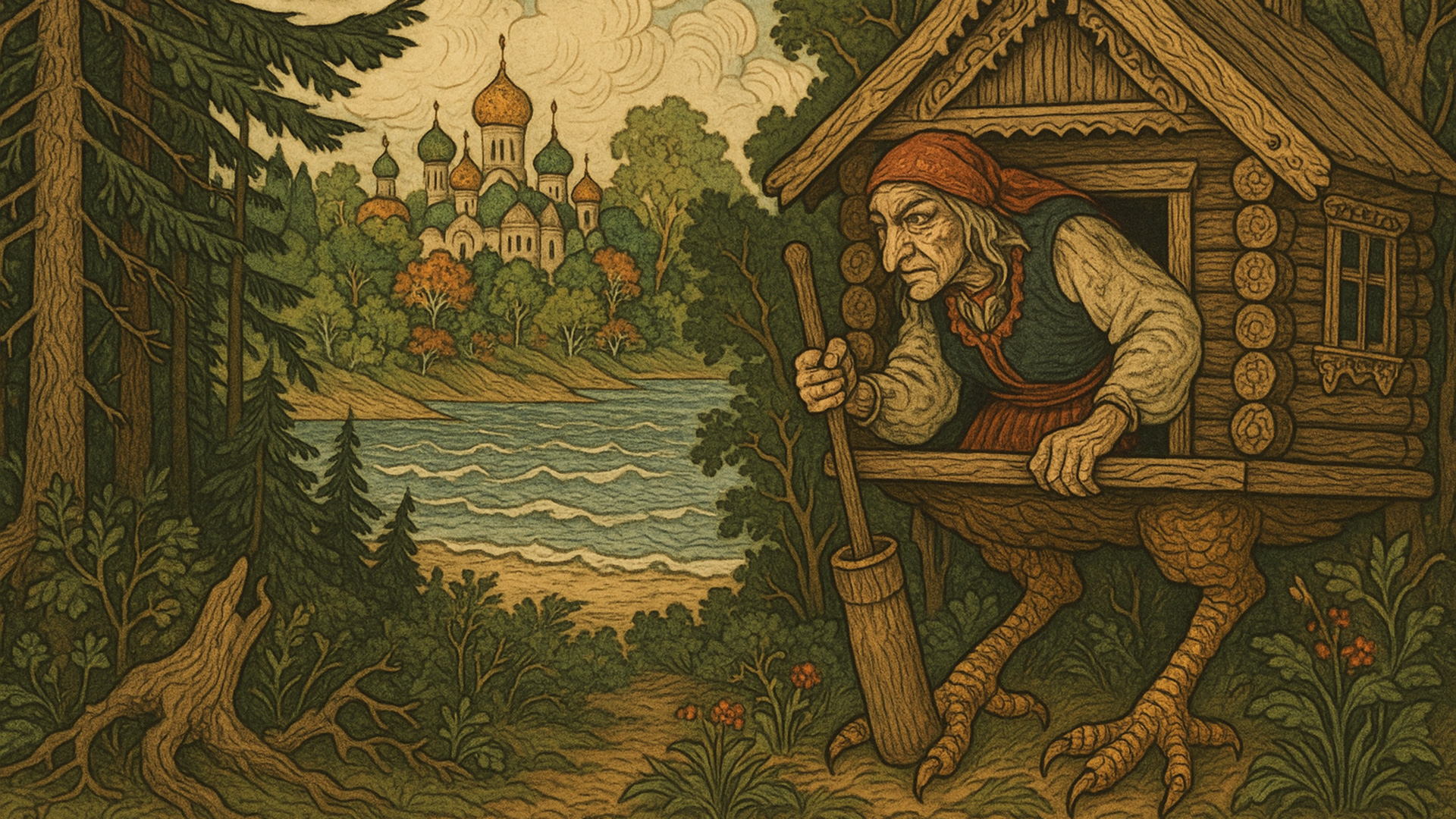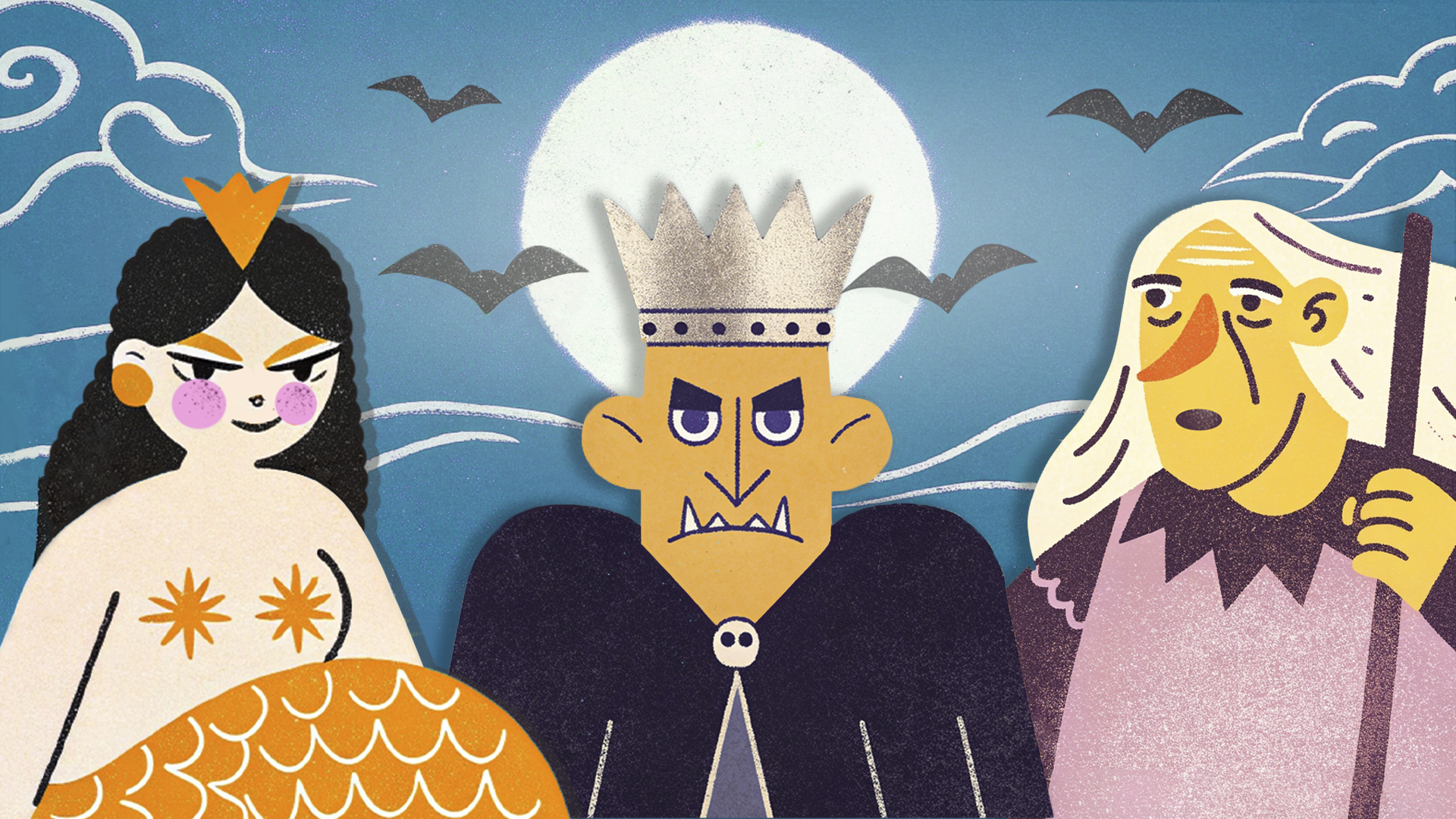
10 MAGICAL trees of the Slavs

Oak
The oak is considered to be one of the most important trees in Slavic mythology, whose "magic" was primarily associated with the strength of the wood. Oak is strong, so all rituals associated with it were aimed at maintaining or acquiring strength and physical health. For example, water after bathing a child was poured under an oak tree or an oak stake stuck in the ground, so that the child would grow up strong, like a young oak tree. Strands of hair and threads from the clothes of a sick child were placed in the trunk of an oak tree and hammered in with a peg to isolate the disease and the child would then "outgrow" it. Oak was also featured in spells to cure impotence.

Birch
If the oak tree was associated with a man, then the birch tree was associated with a woman. It was often associated with marriage and fertility. For example, the ritual of "curling" a birch tree in most regions of Russia was performed only by girls and childless young women. Most often, it was performed on Trinity: Birch branches were braided, wreaths, scarves and ribbons were woven into them, ritual meals were held under the birch tree with the obligatory eating of eggs and scrambled eggs (a symbol of fertility and new life) and round dances were performed around the birch tree.

Rowan
This tree is considered to be an ambiguous and often sad tree. In some regions, the rowan was planted opposite one’s house as a talisman to protect the home from evil forces. However, in the Russian north, there is a common story that a rowan is a young woman that has been driven out of the human world by her evil mother-in-law. And, when her unsuspecting husband is about to cut down the tree, blood spurts out of it. True, in medicine, the rowan was also actively used as a sure remedy for toothache. To do this, you had to choose a rowan, kneel before it, kiss it, pray and promise never to harm it – to not break, chop, eat the berries and do not burn. And the pain should go away.

Elder
This is a bush with a difficult reputation. It was believed that the devil lived under the roots of the elder. Therefore, if the plant needed to be removed, it was not dug up, but cut or sawed – the roots were never disturbed. Accordingly, if elderberries had grown, it meant that the place was unclean. But, this "uncleanliness" was also seen as useful. People asked to be saved from troubles and misfortunes under an elderberry bush. Water after bathing a sick child was poured under an elderberry or a sick child was put to sleep under a blooming elderberry, so that the plant would “take away” the illness. Branches could also be used as protection from evil spirits.
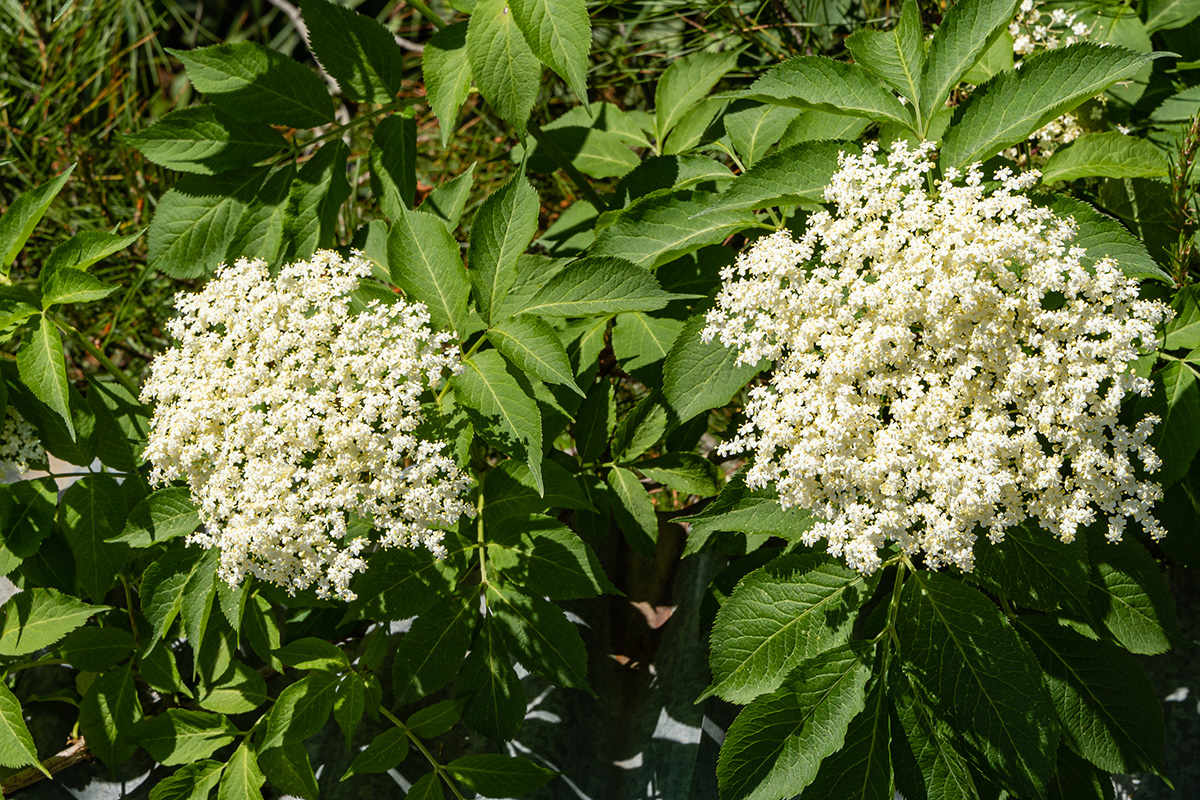
Aspen
Why do aspen leaves tremble without wind and turn red in the fall? How did it happen that aspen is both a powerful amulet (an aspen stake driven into a sorcerer's grave, for instance) and a cursed tree? This is the result of a conflict between two traditions – an early, pagan one and, later, a Christian one. Folklorist Alexander Afanasyev noted that, in the pre-Christian era, the aspen was considered a tree full of vitality and powerful protection. However, Christianity added the opposite meaning of a traitorous tree: the aspen did not shelter the Holy Family when they were being chased by King Herod's guards, while Judas, who betrayed Christ, hanged himself on an aspen. Thus, the aspen in folklore was demoted to a cursed tree. But, this image also has its benefits: In the Russian north, shepherds made musical instruments out of aspen, hoping to seal their pact with the devil and protect their cattle.

Spruce
“In the worldview of the Pechersk Old Believers,” writes Tatyana Dronova, a researcher of the Old Believers in Komi, “the coniferous forest was associated with the other world. This is indicated by the choice of the site for the cemetery – a spruce forest and the ban on walking alone in the coniferous forest, which was called dark.” Evergreen trees (spruce, pine, juniper, cedar and fir) symbolized eternal life, immortality and, at the same time, a connection with the other world. Specifically, spruce is the tree of the dead, the tree of another world. Spruce branches were used to pave the path to the cemetery, to make stretchers and coffins and to decorate a burial site. Spruce branches were also used to sweep the house after the deceased was carried out.

Willow
Willow became a magical tree long before Christianity. Even the ancient Slavs believed that the primrose tree protected people from evil spirits and cattle and crops from pestilence and disasters. After the baptism of Rus’, its ritual significance only strengthened. For example, it took the place of palm branches on the feast of the Lord's Entry into Jerusalem (in the Russian Orthodox tradition – Palm Sunday). The willow consecrated in the church was kept in the house for a whole year and used to drive cattle into the field. Infertile women were advised to eat the buds of a consecrated willow. The willow was put in the water in which sick children were bathed. Willow catkins were baked into bread, cookies in the shape of willow buds were baked.
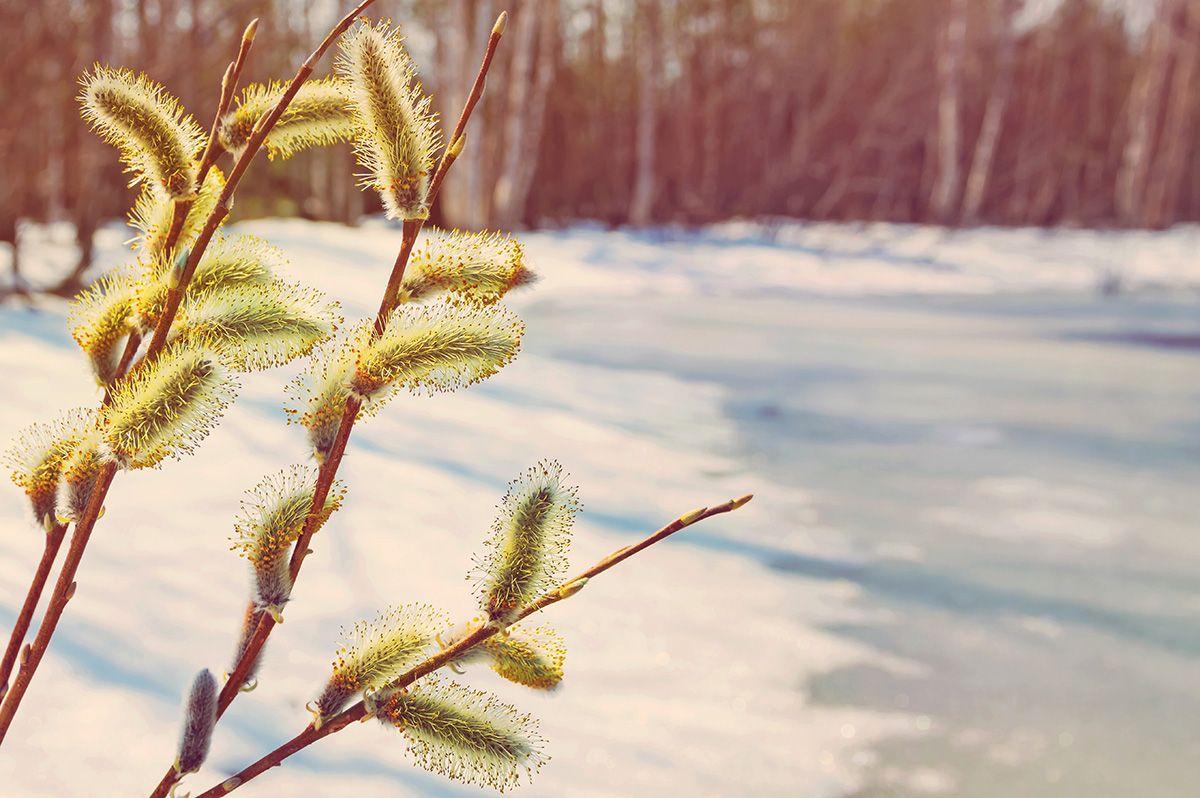
Hazel
Hazel was considered to be a sacred plant that lightning does not strike. Therefore, during a thunderstorm, people would hide under a hazel tree, tuck its branches into their belts and touch them with everything they wanted to protect from lightning. Branches were also stuck into the ground in the field and in the garden, under the roof of the house and barn, so that the thundercloud would pass them by. Knowing that lightning only strikes the tree under which the devil is hiding, the hazel was used to drive away evil spirits. Branches were hung above doors, stuck into the ground around the house or barn to scare away evil spirits, witches and sorcerers. The hazel symbolized fertility, so its branches were also used to whip cattle (especially on St. George's Day), so that the animals would be healthy and fertile.
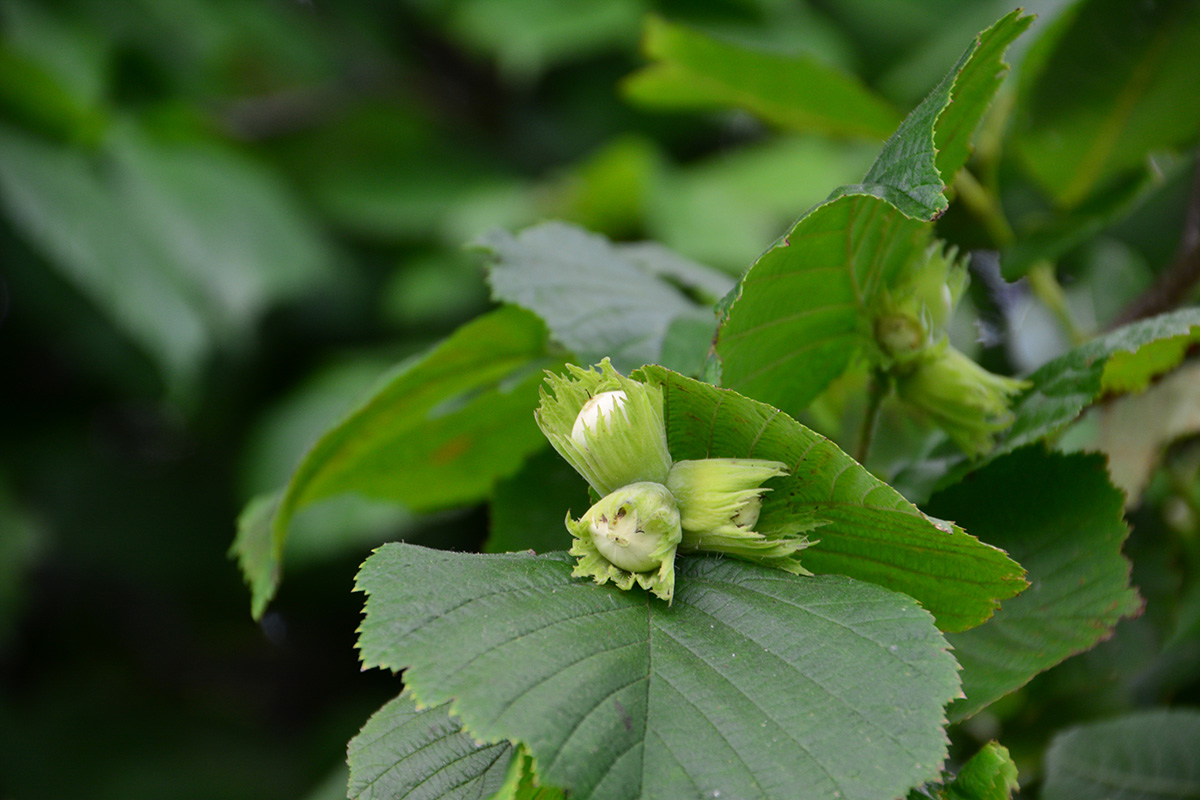
Kalina
In Russian folklore, the guelder rose was closely associated with wedding ceremonies. It symbolized virginity, blood, beauty, health and family happiness. In wedding songs, the guelder rose bridge acted as a symbol of a girl's transition to married status. Guelder rose was also used in rituals associated with fertility and well-being. It decorated brides' outfits, wreaths and towels, symbolizing their innocence and beauty.
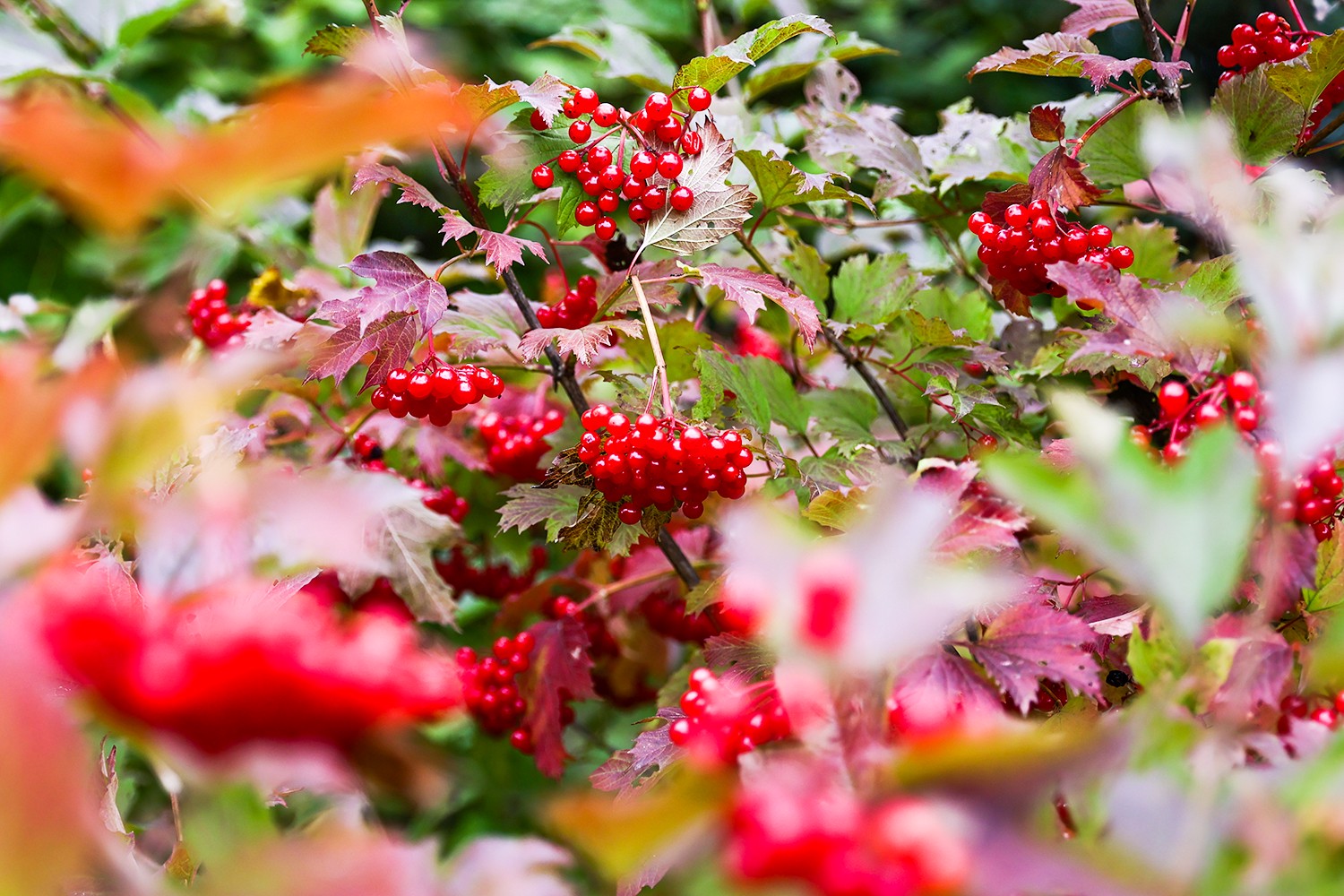
Apple tree
The apple tree was considered a symbol of fertility and a symbol for mother earth. It is no coincidence that apples grant rejuvenating health and immortality in fairy tales. Its flowers, fruits and wood were used in many rituals all year round. In wedding ceremonies, the bride gave the groom an apple as a sign of her consent to marry him. The bride could also throw an apple into a crowd of girls – whoever caught it would be the next to marry. On ‘Radunitsa’ (‘Remembrance Day’), apples were carried to the cemetery and left on the graves for ancestors. A sick person was washed with water in which an apple had been placed and then the fruit was buried to "take away" the illness. Crosses and amulets, meanwhile, would often be carved from apple trees to protect the home.



